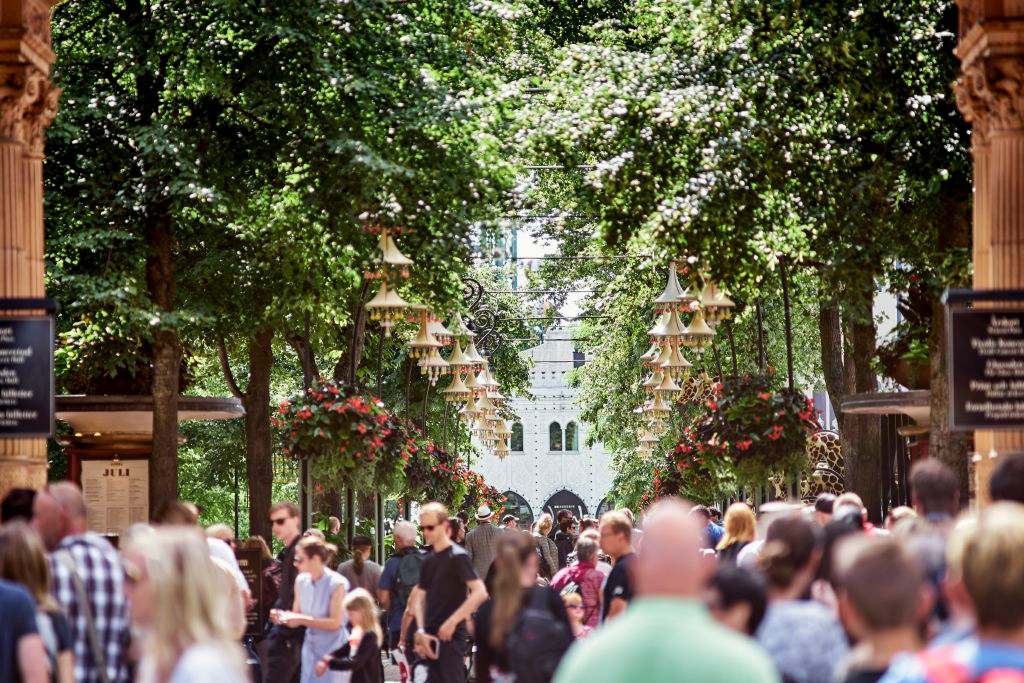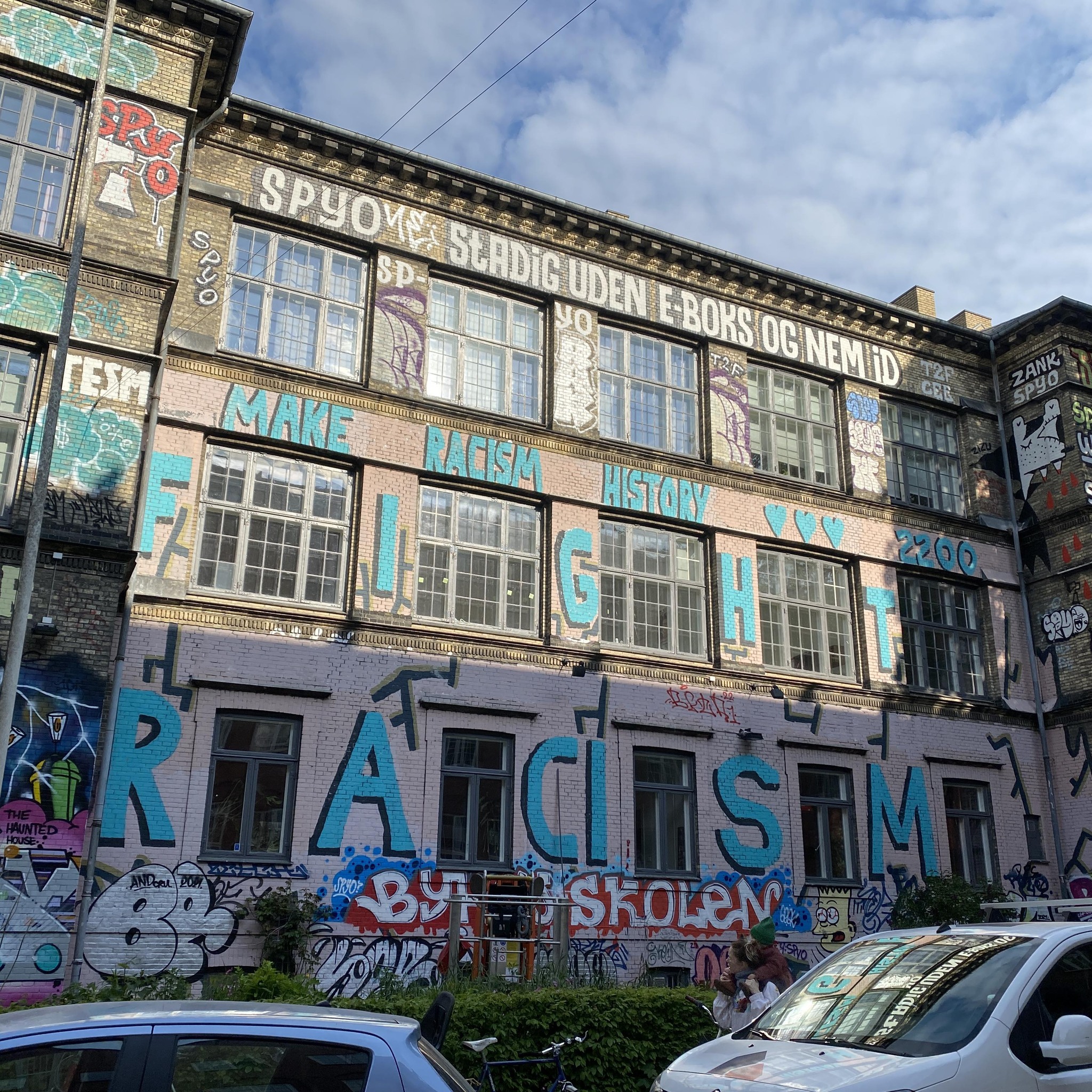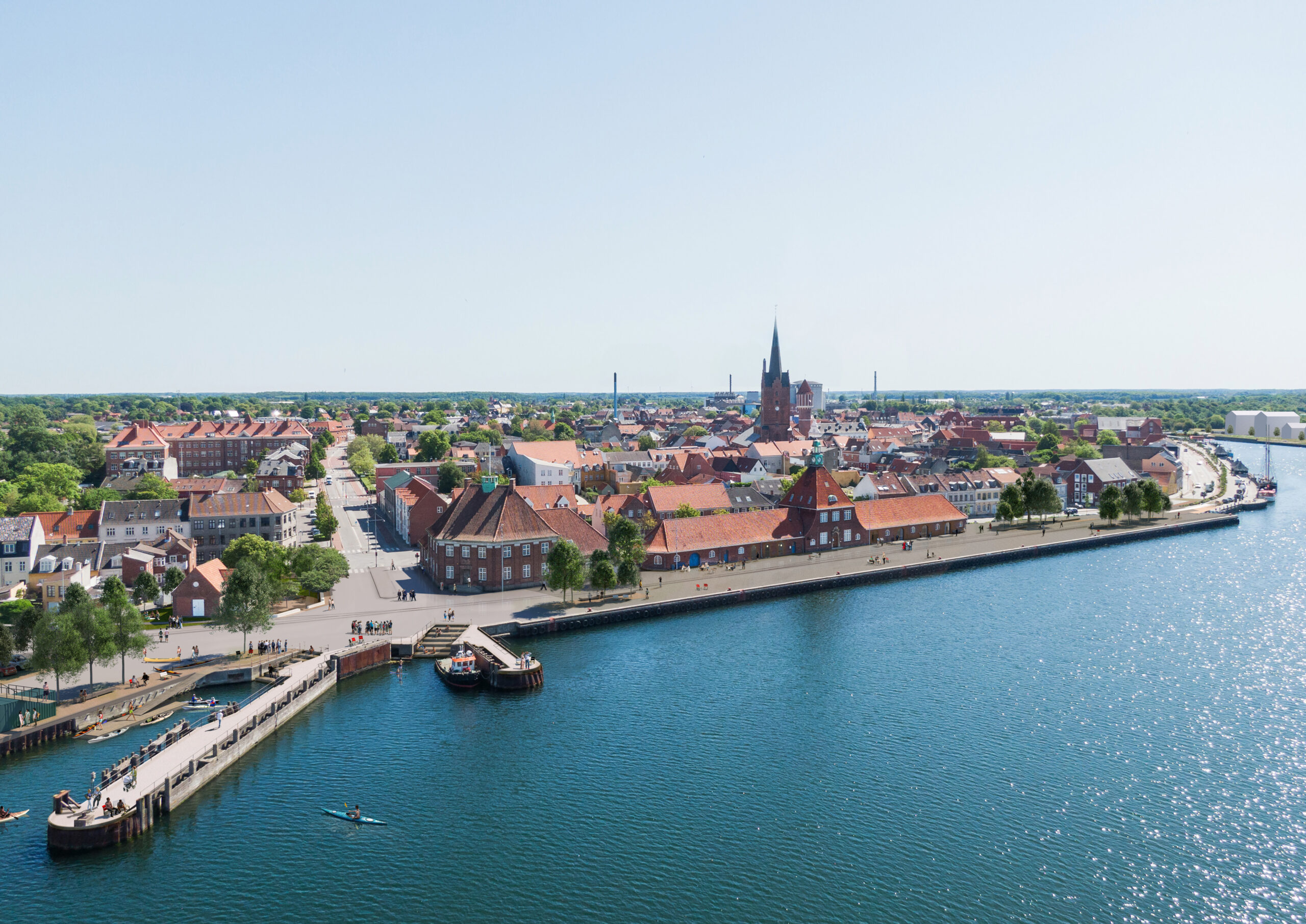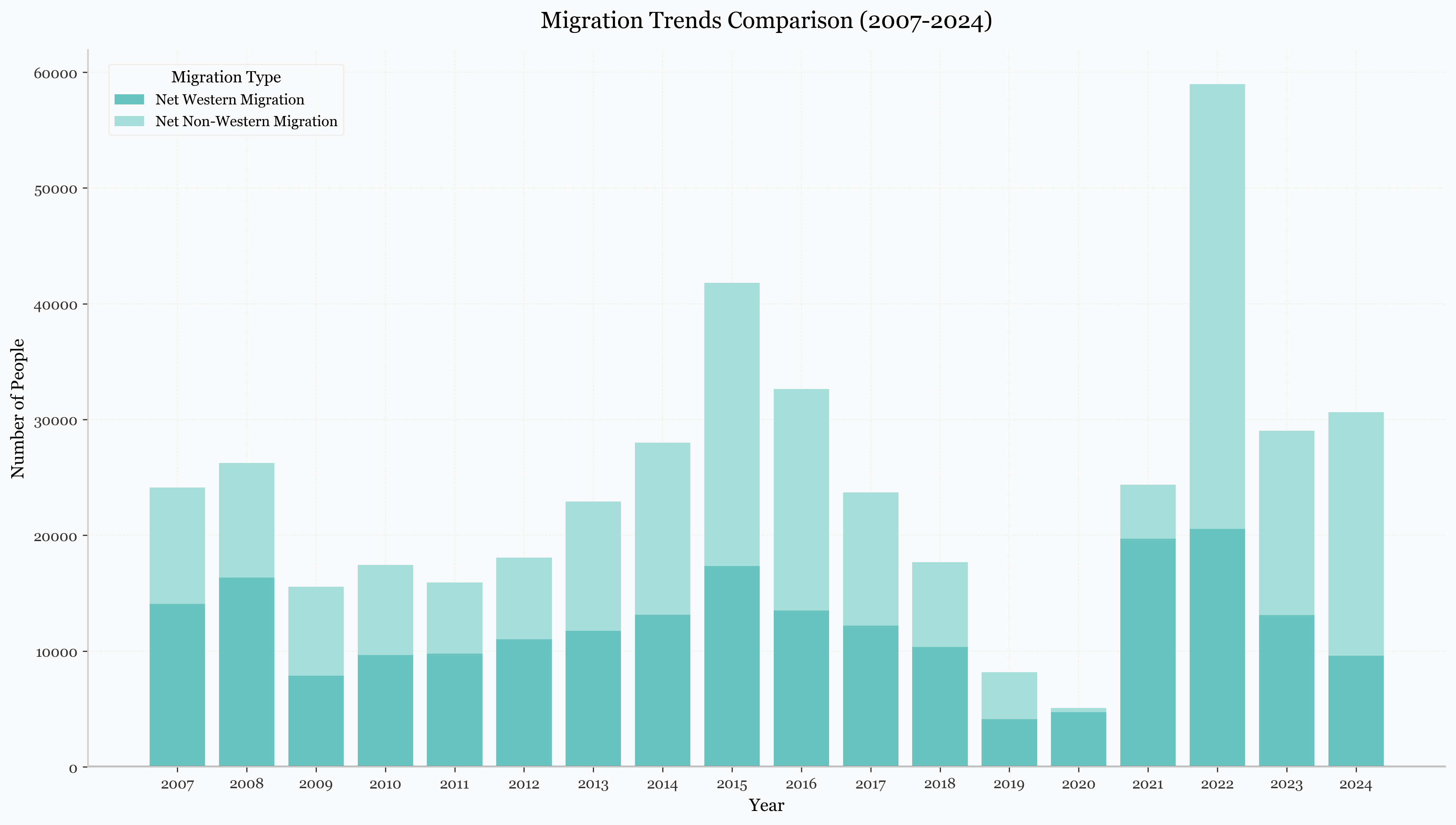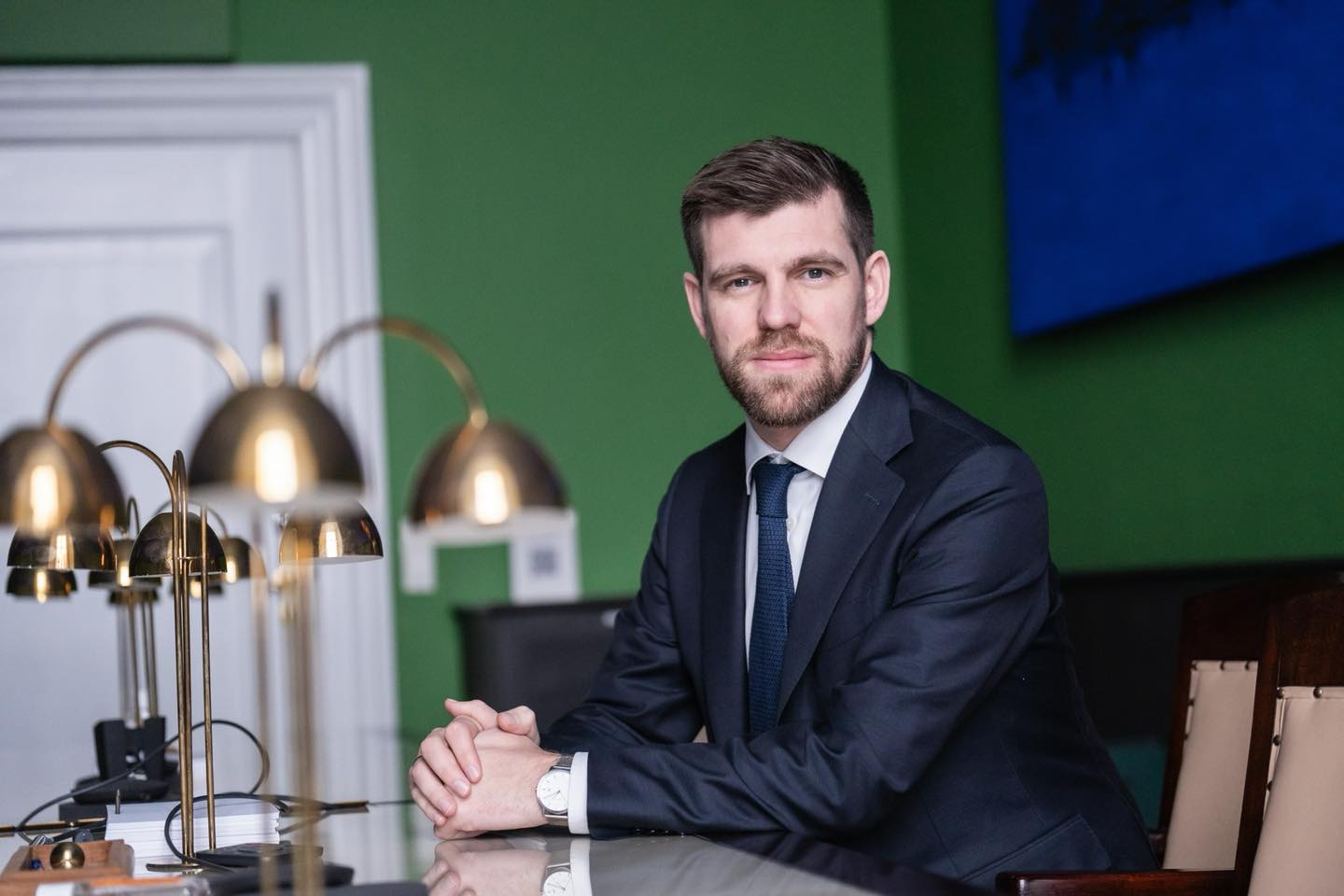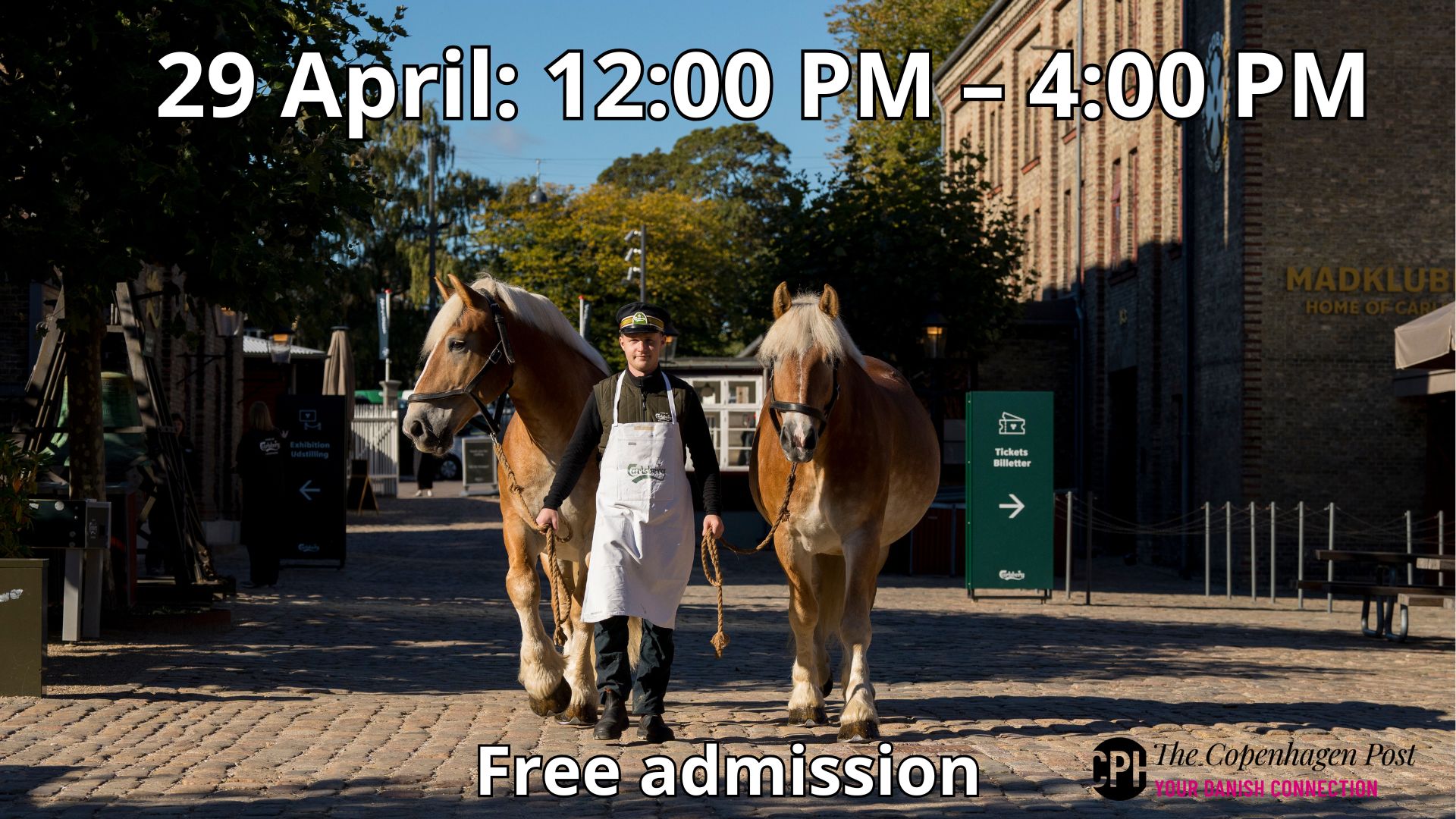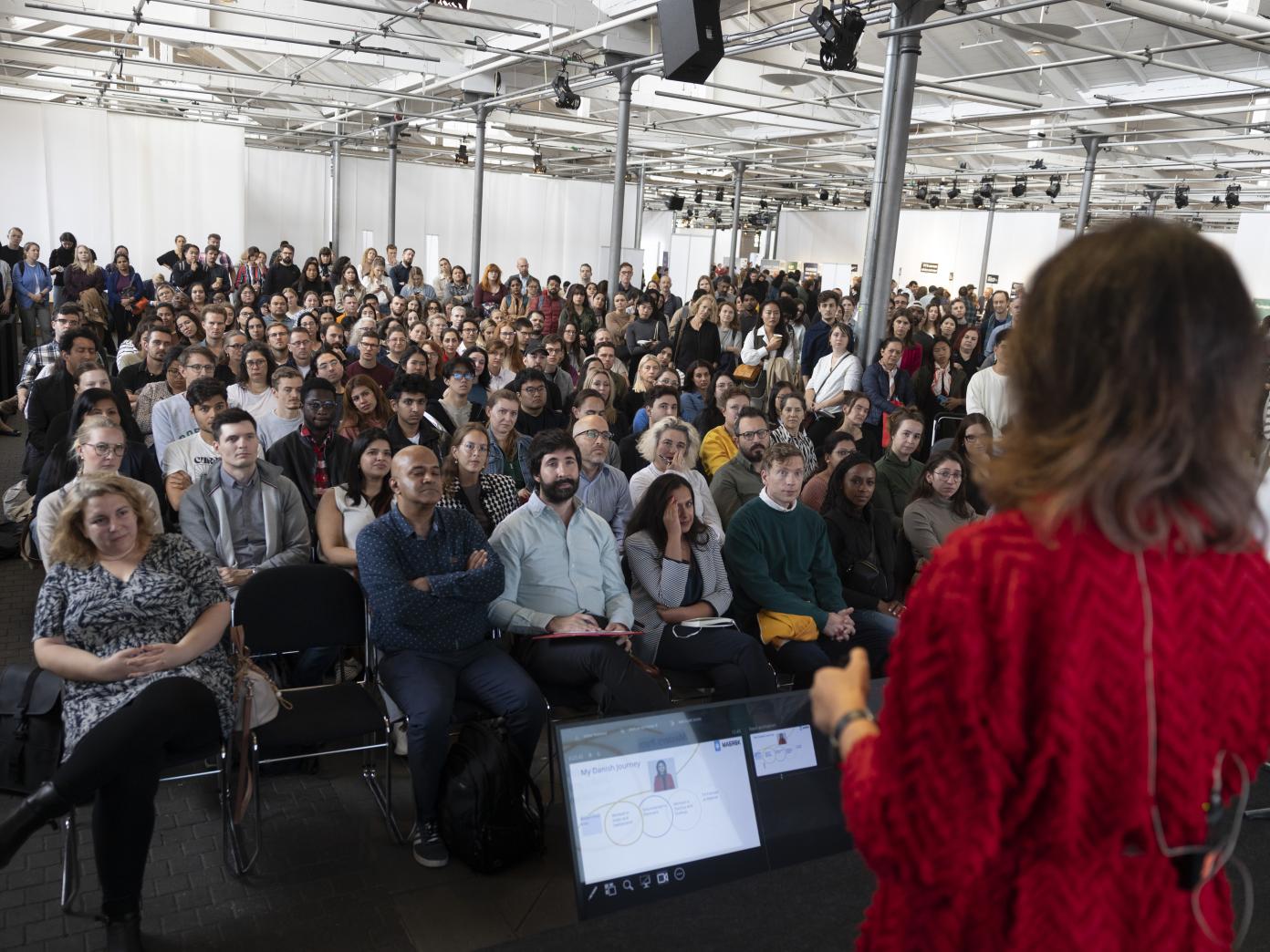By the time all is said and done on Monday, morning Copenhagen will have hosted five fashion fairs, 2,400 fashion collections and more than 60,000 international buyers, designers and press for the Autumn/Winter version of Copenhagen Fashion Week.
By numbers, at least, Copenhagen is already rolling with the world’s biggest fashion weeks. And while its backers accept that it lags behind the leading global fashion hubs in terms of importance, Copenhagen is seeking to define itself by adding new elements, including a children’s fashion fair and a lifestyle and home furnishing event.
But the significant and continual point of difference for Copenhagen Fashion Week is actually its public spin-off, the Copenhagen Fashion Festival.
The festival consists of discount shopping events at designer boutiques, museum exhibitions celebrating Danish fashion history, fashion film events in combination with the Danish Film Institute and other mostly free events, all open to the general public.
Martin Bender, vice-president of events and conventions for tourism board Wonderful Copenhagen, said the festival’s ability to involve the city’s residents – in what would otherwise be an exclusive week-long industry knees-up – is what makes Copenhagen Fashion Week worth supporting.
“I think we are one of the only cities here in Europe where you can participate in a fashion week as a member of the public,” he said.
City Hall, too, is throwing its weight behind Copenhagen Fashion Week. The city spends a million kroner annually on the event, and this year it will again be lending City Hall as a venue for fashion shows.
Pia Allerslev, Copenhagen’s deputy mayor for culture and leisure, agreed the week was more than just an industry event.
“We have realised that we have so many talented designers in our city and we need to give them a chance to show how fantastic they are to the big world around us, international buyers and media,” Allerslev, who will be attending almost every show on the five-day programme, said.
“But it’s also a chance to show Copenhageners what is taking place in their own city. At Copenhagen Fashion Week the people living here can get a taste of the glamorous fashion scene by watching on the big outdoor screens and supporting local designers,” she said.
Despite the biting cold and potential for snow, keen Copenhageners will be able to watch fashion shows on a large screen outside City Hall. Many of the shows will also be broadcast on DR K.
“I hope that Copenhageners realise there is something special going on in their city,” said Allerslev.
With exports representing up to 90 percent of the Danish fashion industry’s total revenue, Copenhagen Fashion Week receives significant support from WEAR, the Danish Chamber of Commerce’s lobby group for the textile industry. WEAR represents some of the domestic industry’s major players, including Henrik Vibskov and footwear design brand Ecco.
In addition to supporting fashion businesses throughout the year in more traditional ways, during fashion week the Chamber of Commerce will be getting in on the fashion show activity. Like City Hall, it will open its doors to the Old Stock Exchange building, where the organisation is housed, to fashion collections from Vivienne Westwood, Henrik Vibskov and Barbara i Gongini from the Faroe Islands. It will be the first time the historic building will play host to a fashion event.
Although last year Danish fashion industry revenue dropped 3.7 percent, Rosenstock said “optimism for 2013 is very high”.
Danish tourism authorities said Fashion Week’s ability to angle Copenhagen as a ‘cool’ destination is what gives the event ongoing value.
Allan Agerholm, the vice-president for HORESTA, the national trade association for the hotel, restaurant and tourism industry, said although the vast majority of visitors during Fashion Week are involved in the fashion industry, the international media attention is what makes Fashion Week worth its while.
“This kind of event has huge importance for Copenhagen as a tourist destination,” he said. “Being mentioned in connection with design and fashion reinforces the message that Copenhagen is a cool place to go.”
Martin Bender of Wonderful Copenhagen agreed that Copenhagen Fashion Week’s importance lies in its ability to present Copenhagen “as a fashionable and fast-moving international city”.
But as for whether we can expect Copenhagen Fashion Week to become much bigger than it already is, Bender was playing it pretty cool himself.
“[Fashion Week] is pretty much the same size as has been for the last five years or so. There are really only a certain number of brands that can exhibit here.”
Bender ruled out Copenhagen coming near the top three fashion cities anytime soon.
“We just have to keep pace.”


